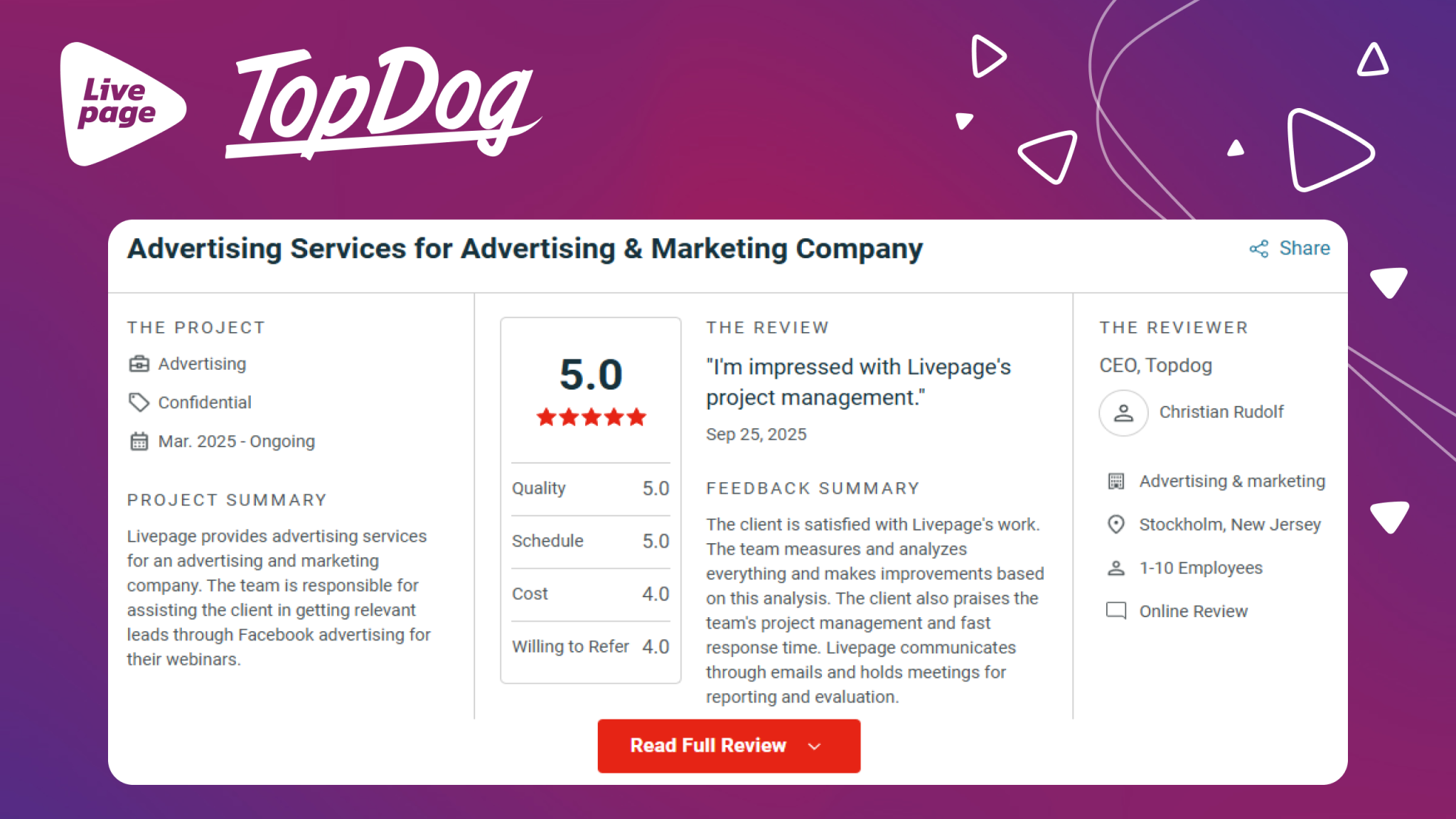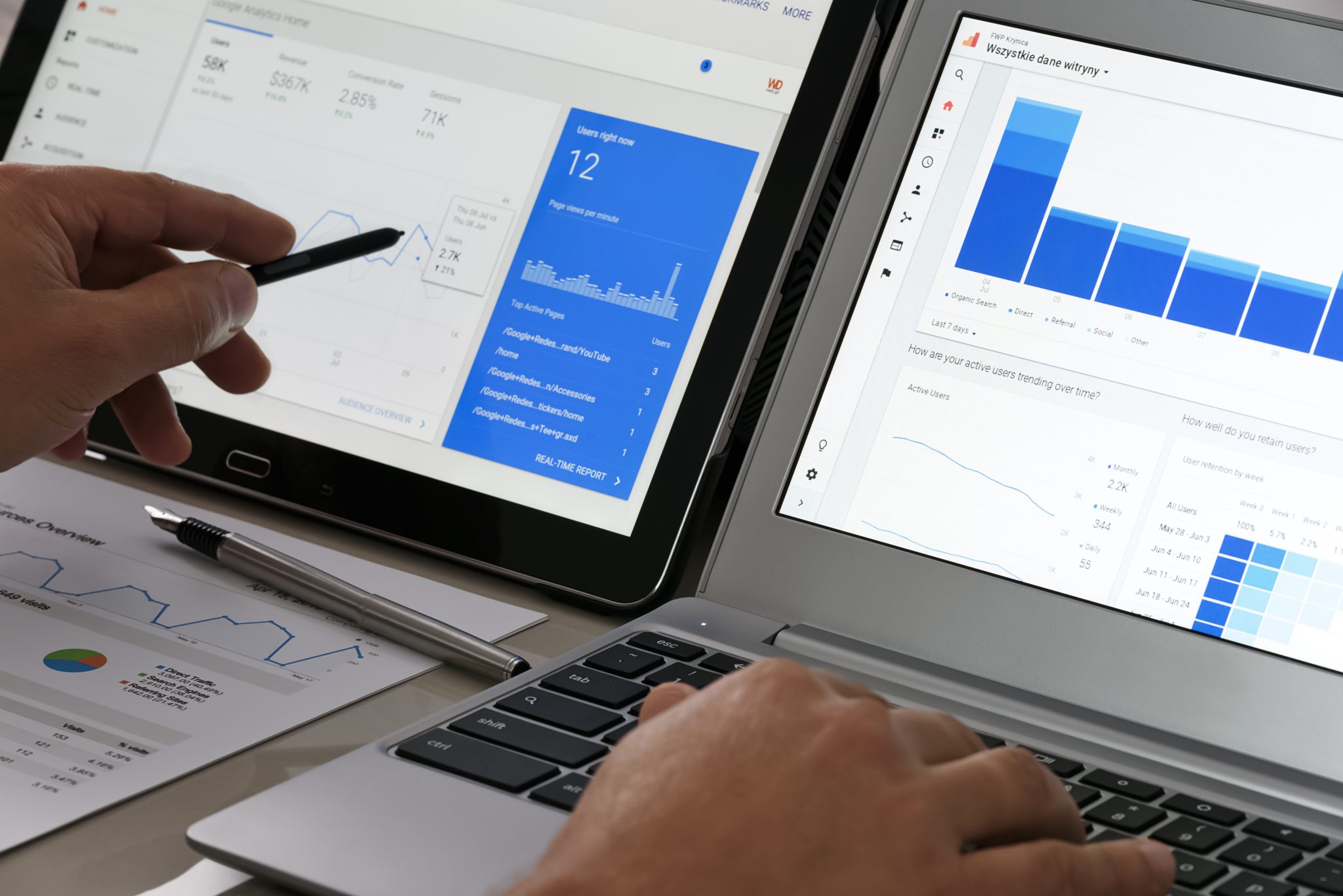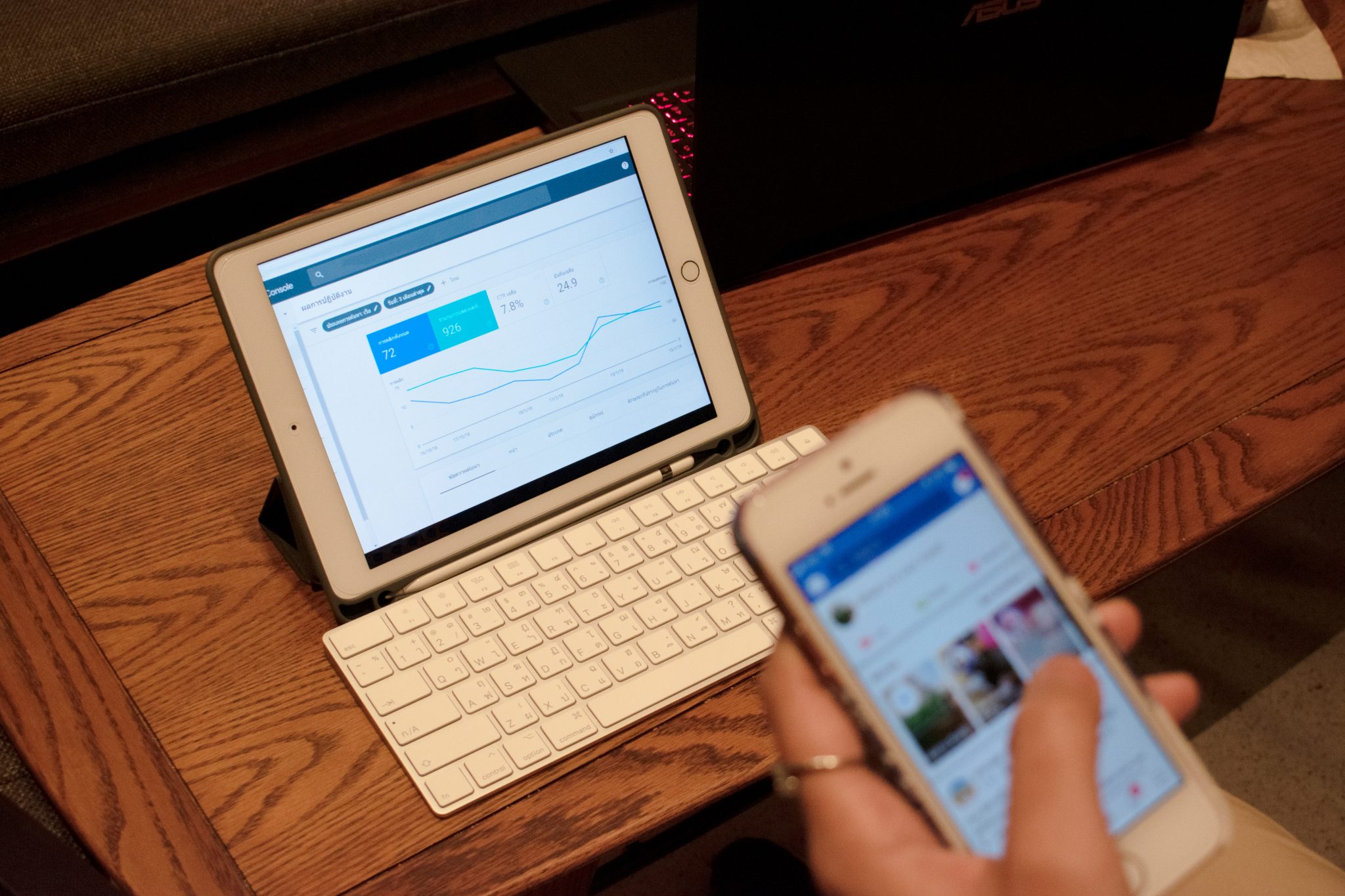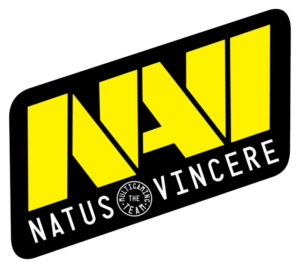
Successful Measurement and Reporting on Content: Ultimate Guide

According to Statista, 50% of marketers expected their content budgets to increase over the next year. The reasons are quite simple: content marketing generates traffic, attracts leads, and increases your sales. That’s why it’s necessary to know how to measure content success and performance.
In this article, you will learn the best way to measure content marketing success, the must-know metrics to track your performance, and how to use this data to improve your content’s effectiveness.
Getting Started with Content Measurement and Reporting
Content measurement means evaluating and assessing the performance, impact, and effectiveness of your brand’s content as a part of your marketing strategy. This involves using multiple metrics and key performance indicators to understand whether your business goals are achieved.
Content reporting means presenting the insights brought by the data from content measurement. This process involves compiling data, analyzing metrics, and summarizing your content’s performance. A typical content report would include standard data like audience engagement, reach, conversion rates, and other relevant information.
You must measure and report content to help your company make informed decisions and optimize content for better results. This is how you’ll understand what works and what doesn’t.
Importance of Setting Correct Goals
If you want to measure content marketing success, the first step is defining and setting clear goals. This way, you will understand your expectations and also get:
- Clarity and direction to see your content’s purpose and achievement goals.
- Measurable outcomes to identify and use appropriate KPIs for evaluation.
- Accountability within teams responsible for content creation and distribution.
- Optimization and improvement to determine areas for enhancement.
- ROI demonstration to showcase the value and impact of content to stakeholders.
Now, as you understand what you plan to achieve, you can move on to the details of what metrics to focus on.
Must-Have Metrics for Tracking
You can easily get lost with hundreds of metrics and indicators. Tracking the right ones is essential to successfully measure and report on content. We gathered the most important ones here:
1. Awareness Metrics
Awareness indicates your brand’s online visibility, recognition, and reach. These metrics help to measure content success explaining how many people have encountered or been exposed to your content across various channels like websites, social media platforms, search engines, and more.
Here are the awareness metrics you should monitor:
- Website traffic: The number of visitors to your website;
- Social media reach: The extent of your content’s exposure on social platforms;
- Search rankings: The way your content ranks in the SERP;
- Impressions: The number of times your content is displayed, showing potential views;
- Branded search traffic: The number of visitors who found your content with branded keywords;
- Brand mentions: The number of mentions made by users on social media and other websites.
2. Engagement Metrics
Engagement demonstrates the level of interaction, involvement, and connection that audiences have with your content. It’s not just about how many people see your content but also how they interact with it. You must know whether your content resonates with your audience to measure its success.
Here are the engagement metrics that you should monitor:
- Time on page: The time visitors spend on your website and content;
- Click-through-rates (CTR): The percentage of users who click your links, usually in emails or ads;
- Scroll depth: How far down your users scroll the content on your website;
- Bounce rates: The percentage of users who immediately leave the website after opening it;
- Comments: How users interact with your content and what’s their feedback;
- Social shares: The number of times users share your content on social media.
3. Conversion Metrics
Conversion is when you turn an occasional visitor into a customer. It includes multiple metrics that evaluate your content’s effectiveness in driving users towards desired actions like purchases or subscriptions.
Here are the conversion metrics that you should monitor:
- Conversion rate: The percentage of visitors who complete an action like making a purchase, signing up, or filling out a form;
- Lead quality: The assessment of the quality of leads generated through content interactions;
- Cost per acquisition (CPA): The costs to acquire a customer or lead through your content.

Gaining a Holistic View of Your Content
While these metrics are important, you shouldn’t forget about other relevant data and insights that may help you get a comprehensive understanding of your marketing success. A holistic view requires taking into account a complete and interconnected perspective of your content’s performance across multiple touchpoints and platforms.
Here’s why a holistic view is essential:
- Comprehensive understanding: You get the whole picture of your content’s performance by considering data from different sources and metrics. This broader view helps in understanding the overall impact and effectiveness of your content initiatives.
- Identifying patterns and trends: A holistic analysis may help you find patterns, correlations, and trends that might not be obvious through the main metrics. This helps in gaining deeper insights into audience behavior and preferences.
- Better decision-making: You’ll understand the connections of different content and their impact on your business goals, ensuring you make more strategic and effective decisions.
- Optimizing content strategy: You’ll identify successful approaches and areas for improvement across different channels, ensuring your content is well-optimized to resonate with your audience.
In short, you shouldn’t narrow your view and limit yourself to only several metrics. You need them to avoid dispersing your focus. However, a holistic view provides you with the bigger picture, ensuring your decisions are not limited by anything.
Tracking Content Performance
How do you measure content performance considering all the aforementioned metrics? Marketers, SEO engineers, copywriters, content writers, and many other professionals use Google Analytics 4 to see all the data on their websites. It’s the most popular solution in the content marketing industry.
Google Analytics combined with Google Search Console provides you with all the information related to your website, including awareness and engagement metrics. This gives your company a lot of data to consider, ensuring you stay ahead of the competition and create market-winning content.

Putting Everything Together
Now that you know how to measure the success of content through different metrics, it’s time to put all the pieces together. This requires a content reporting dashboard that keeps all key metrics and additional information in a single place. You’ll be able to track current data, changes, and potential issues.
The most popular solution is Google’s Looker Studio, which is integrated with all 24 Google connectors and over 840 partner connectors. You don’t even have to add any data manually; it’s all automated. The solution creates interactive and engaging visual reports, helping you get top-tier data right in front of you.
1. Data Analysis
Gathering data doesn’t mean that you’ve got anything valuable from it. You have to analyze it to identify trends, patterns, and interesting correlations. It requires a lot of time and thinking, so you’ll become a data researcher while doing this. The deeper you analyze the data, the more insights you’ll get.
2. Iteration and Improvement
As you analyze the available data, you’ll find new ideas for changing and improving your content. Use all the insights you have to find the perfect approach for your audience. The key metrics and reports will ensure that your content marketing strategy is always relevant and complies with business goals.
Conclusion
Congratulations! Now, you know how to measure and report on content. While there’s a variety of metrics to work with, remember to avoid dispersing your attention on all of them and make data-driven decisions based on the most important metrics. Your tracking success depends on your goals, so ensure that you set clear expectations.
But there is a much less difficult and troublesome solution for analyzing your content. We can do it for you! Livepage’s experts will help you examine your website to find areas for improvement and create strong, engaging, and SEO-optimized content that resonates with your audience and drives conversions. We have over 12 years of experience in growing traffic for clients in different industries. Let’s become partners today!















